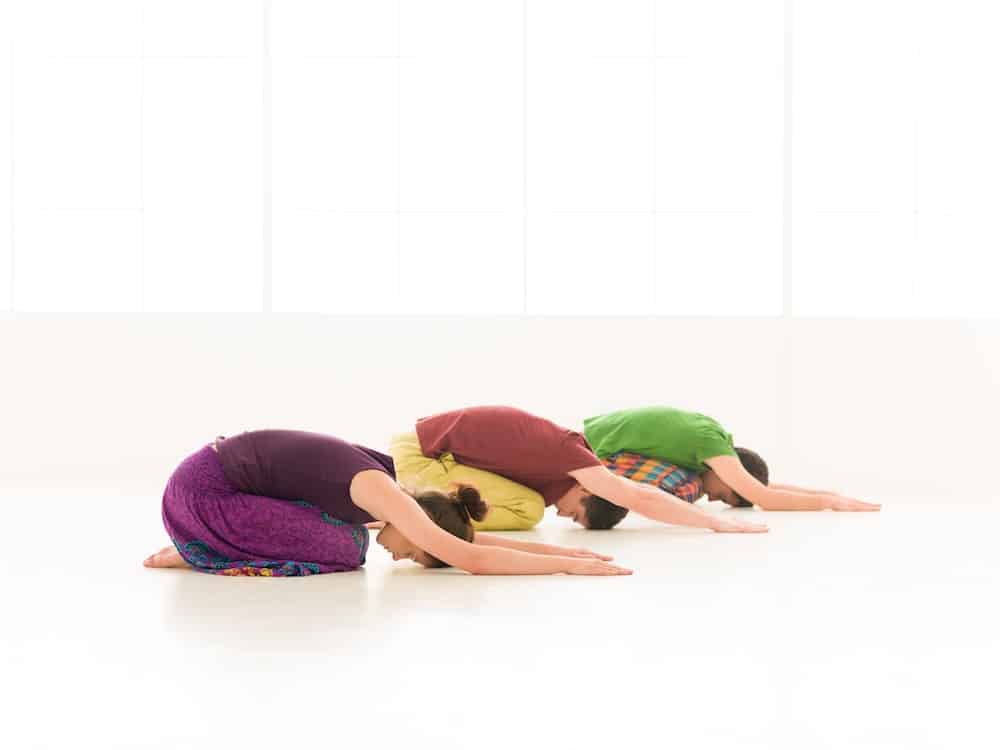What Are the Best Core Strengthening Exercises for Long-Distance Runners?

As any seasoned long-distance runner can attest, core strength is a vital aspect of a runner’s overall performance. Many people might associate running almost exclusively with leg strength, but the reality is that a strong core is just as crucial, if not more. The core stabilizes your body, keeps your spine aligned, and allows you to maintain proper running form even when fatigue sets in. Without a strong core, your performance on the track can significantly diminish.
Today, we will delve into the best core strengthening exercises specifically designed for long-distance runners. We will discuss the benefits of each exercise, the correct technique to perform them, and how often you should incorporate them into your training regimen.
Avez-vous vu cela : What’s the Importance of Tactical Periodization in Soccer Training?
Planks and variations
Planks are a staple in any core strengthening routine. They target not only your abdominal muscles but also the muscles in your back, hips, and shoulders. Planks help improve your running posture, which is essential for long-distance runs. They also support your body in maintaining a steady pace throughout the run.
To perform a basic plank:
A voir aussi : How Can Wearable Technology Improve Technique in Competitive Rowing?
- Start in a push-up position.
- Bend your elbows and rest your weight on your forearms.
- Keep your body in a straight line from your head to your feet.
- Hold this position as long as you can, aiming for at least 30 seconds.
As you get stronger, you can add variations such as side planks, planks with leg lifts, or planks with arm reaches to target different muscles and add difficulty.
Russian twists
Another effective core strengthening exercise for runners is the Russian twist. This workout targets the obliques, the muscles on the sides of your abdomen. Strong obliques are essential for runners as they help maintain balance and stability, especially during long runs.
Here is how to perform a Russian twist:
- Sit on the ground with your knees bent and your feet flat on the floor.
- Lean back slightly so your torso and thighs form a V shape.
- Clasp your hands together in front of you.
- Twist your torso to the right, then to the left to complete one repetition.
As you get stronger, you can add a medicine ball or a dumbbell to increase the difficulty of the exercise.
Bicycle crunches
Bicycle crunches are another excellent exercise for runners. They work both the upper and lower abdominal muscles, as well as the obliques. Furthermore, the pedaling motion of the exercise mimics the movement of running, making it particularly beneficial for runners.
Here’s how to do a bicycle crunch:
- Lie down on your back. Put your hands behind your head, and lift your legs off the ground.
- Bring your right elbow to your left knee while extending your right leg.
- Switch sides, bringing your left elbow to your right knee while extending your left leg.
Repeat these steps, alternating sides, for a total of 20 repetitions.
Deadbugs
Deadbugs are another core exercise worth incorporating into a runner’s training routine. They work your lower abs, upper abs, and obliques, but they also challenge your coordination and stability.
Here’s how to do a deadbug:
- Lie on your back with your arms extended towards the ceiling.
- Lift your legs off the ground, bending your knees at a 90-degree angle.
- Slowly lower your right arm and left leg to the floor, keeping your core engaged.
- Return to the starting position and repeat with the opposite arm and leg.
Remember to keep your lower back flat on the ground throughout the exercise.
Bird-Dog
The bird-dog is a great exercise for runners as it strengthens the core while improving stability and coordination. It targets the abs, lower back, and glutes, all of which play a crucial role in running.
Here’s how you perform a bird-dog:
- Start on all fours, with your hands directly under your shoulders and your knees directly under your hips.
- Extend your right arm forward and your left leg back, keeping them aligned with your body.
- Hold for a moment, then return to the starting position.
- Switch sides, extending your left arm and right leg.
These core exercises, when incorporated into your regular training routine, can contribute to improving your performance in long-distance running. Remember, the key to core training is consistency. So, stick with it and watch your running prowess grow.
Core Activated Lunges
A less traditional, but highly effective core-strengthening exercise for runners is the Core Activated Lunge. This exercise targets the quadriceps, hamstrings, glutes, and hip flexors, which are all highly utilized muscle groups in running. Additionally, it engages the core muscles, requiring them to stabilize the body throughout the movement.
Here is how you perform a Core Activated Lunge:
- Start by standing tall with your feet hip-width apart.
- Step forward with your right foot, lowering your body until your right knee is at a 90-degree angle.
- As you lower into the lunge, twist your torso to the right, keeping your core engaged.
- Push through your right heel to return to standing, then repeat on the other side.
Ensure your front knee does not go past your toes when you are lowering into the lunge. Keep your movements smooth and controlled.
Stability Ball Knee Tucks
Stability Ball Knee Tucks are an advanced core exercise that can greatly enhance a runner’s core strength and stability. This exercise requires a stability ball and targets the rectus abdominis, obliques, and lower back muscles. By incorporating this into your workout routine, you can boost your core strength, improving your running performance.
Here’s how to perform Stability Ball Knee Tucks:
- Start in a plank position with your hands shoulder-width apart on the ground and your shins resting on the stability ball.
- Keep your back straight and brace your core.
- Pull your knees into your chest, using your abs to roll the ball toward you.
- Extend your legs back out, rolling the ball away from you.
This exercise can be challenging initially, but with practice, it becomes easier. Aim to do 10-15 repetitions in a set.
Conclusion
The importance of a strong core in long-distance running cannot be overstated. By incorporating these exercises into your training routine, you’ll not only improve your core strength but also enhance your running efficiency, endurance, stability, and overall performance. Remember: A strong core makes a strong runner.
Each exercise mentioned above targets different muscles in the core and strengthens them. They are designed for runners and help in maintaining proper running form even when fatigue sets in. These include familiar exercises like planks and lesser-known ones like core activated lunges and stability ball knee tucks.
As with any new exercise, start slow, listen to your body, and steadily increase the intensity and frequency. Consistency is key when training your core, as with any other aspect of fitness. Add these exercises to your regular training routine, stay committed, and you’ll see significant improvements in your performance.
Ultimately, strengthening your core is not just about running faster or longer – it’s about running healthier. With a strong core, you can reduce the risk of injury and improve your running form, making for a better, more enjoyable run. So here’s to stronger cores and better runs!
